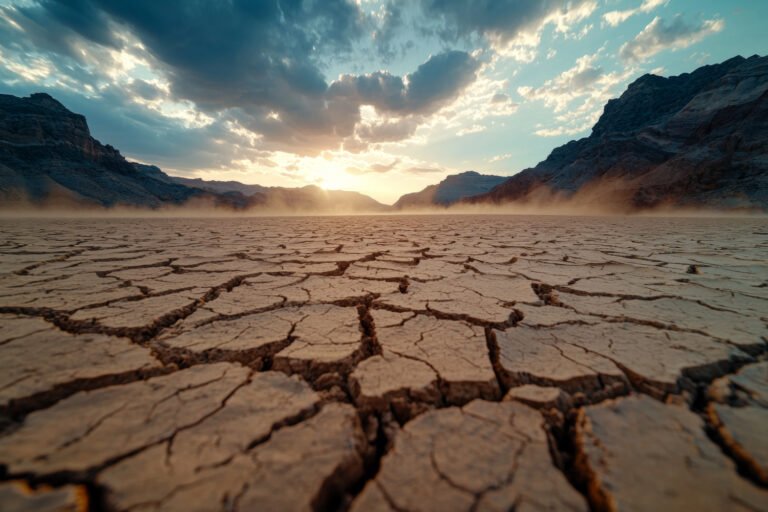“Living Hot: Surviving and Thriving on a Heating Planet” by Clive Hamilton and George Wilkenfeld
Introduction
“Living Hot: Surviving and Thriving on a Heating Planet,” co-authored by Clive Hamilton and George Wilkenfeld, provides a comprehensive and critical examination of Australia’s response to climate change. The book delves into the systemic inertia that hampers significant carbon emissions reductions, explores the psychology behind false hope, and scrutinizes the viability of current and proposed climate strategies. Despite its sobering outlook, the book emphasizes the need for preparation, adaptation, and transformative local solutions.

Australia’s Climate Challenge
Hamilton and Wilkenfeld begin by outlining Australia’s unique climate challenges. They emphasize that despite widespread recognition of climate change’s threats, effective action remains elusive. The authors argue that political, economic, and social inertia significantly impede progress. They highlight how deeply entrenched interests and the reliance on fossil fuels make it difficult for Australia to transition to a low-carbon economy.
The Illusion of Progress
One of the central themes in “Living Hot” is the illusion of progress in combating climate change. The authors critique the optimistic narratives that suggest minor adjustments and technological advancements alone can avert climate catastrophe. They assert that such narratives foster complacency and delay the radical changes needed to address the crisis. This section includes a critique of renewable energy solutions, arguing that while important, they are insufficient on their own without broader systemic changes.
Psychology of False Hope
Hamilton and Wilkenfeld delve into the psychology of false hope, exploring why society clings to inadequate solutions. They discuss the cognitive dissonance experienced by individuals and institutions when confronted with the stark realities of climate science. This dissonance often leads to a preference for more palatable, but ultimately ineffective, solutions. The authors argue that confronting and accepting the full scope of the climate crisis is essential for meaningful action.
Critique of Government Inaction
The book offers a scathing critique of government inaction on climate change. Hamilton and Wilkenfeld explore how political and economic interests often trump scientific recommendations. They examine the influence of the fossil fuel industry on policy-making and the tendency of governments to prioritize short-term economic gains over long-term environmental sustainability. This section also highlights the failures of international climate agreements to drive significant action.
Local Solutions and Adaptation
Despite the grim assessment of current efforts, “Living Hot” provides a roadmap for local solutions and adaptation strategies. The authors advocate for self-sufficient food zones, local energy production, and community-based climate resilience projects. They emphasize the importance of empowering local governments and communities to take action independently of national policies. This approach is illustrated with examples from First Nations communities and other local initiatives that have successfully implemented climate adaptation measures.
Transformative Action
Hamilton and Wilkenfeld argue that transformative action is necessary to address the climate crisis effectively. They call for a national heat strategy, internal migration plans to safer areas, and significant investments in climate-proof infrastructure. The book discusses the potential for economic and societal upheaval as a catalyst for change, suggesting that major disruptions might be necessary to break the inertia and prompt significant action.
Case Studies and Examples
The authors provide numerous case studies and examples of successful local initiatives and trailblazing efforts. These examples serve as a source of inspiration and practical guidance for other communities. The inclusion of diverse cases, including those from marginalized communities, underscores the universal nature of the climate challenge and the varied responses it necessitates.
Conclusion
“Living Hot” concludes with a call to action, urging readers to confront the uncomfortable truths about climate change and to engage in meaningful, transformative efforts. Hamilton and Wilkenfeld emphasize that while the challenges are immense, there is still potential for positive change through local initiatives and a shift in societal attitudes towards sustainability and resilience.
Overall Impact
“Living Hot” is a thought-provoking and urgent examination of Australia’s climate crisis response. Hamilton and Wilkenfeld provide a critical analysis that challenges prevailing assumptions and advocates for significant changes at both local and national levels. The book is a valuable resource for anyone interested in understanding the complexities of climate action and the steps necessary to mitigate and adapt to a rapidly warming world.







